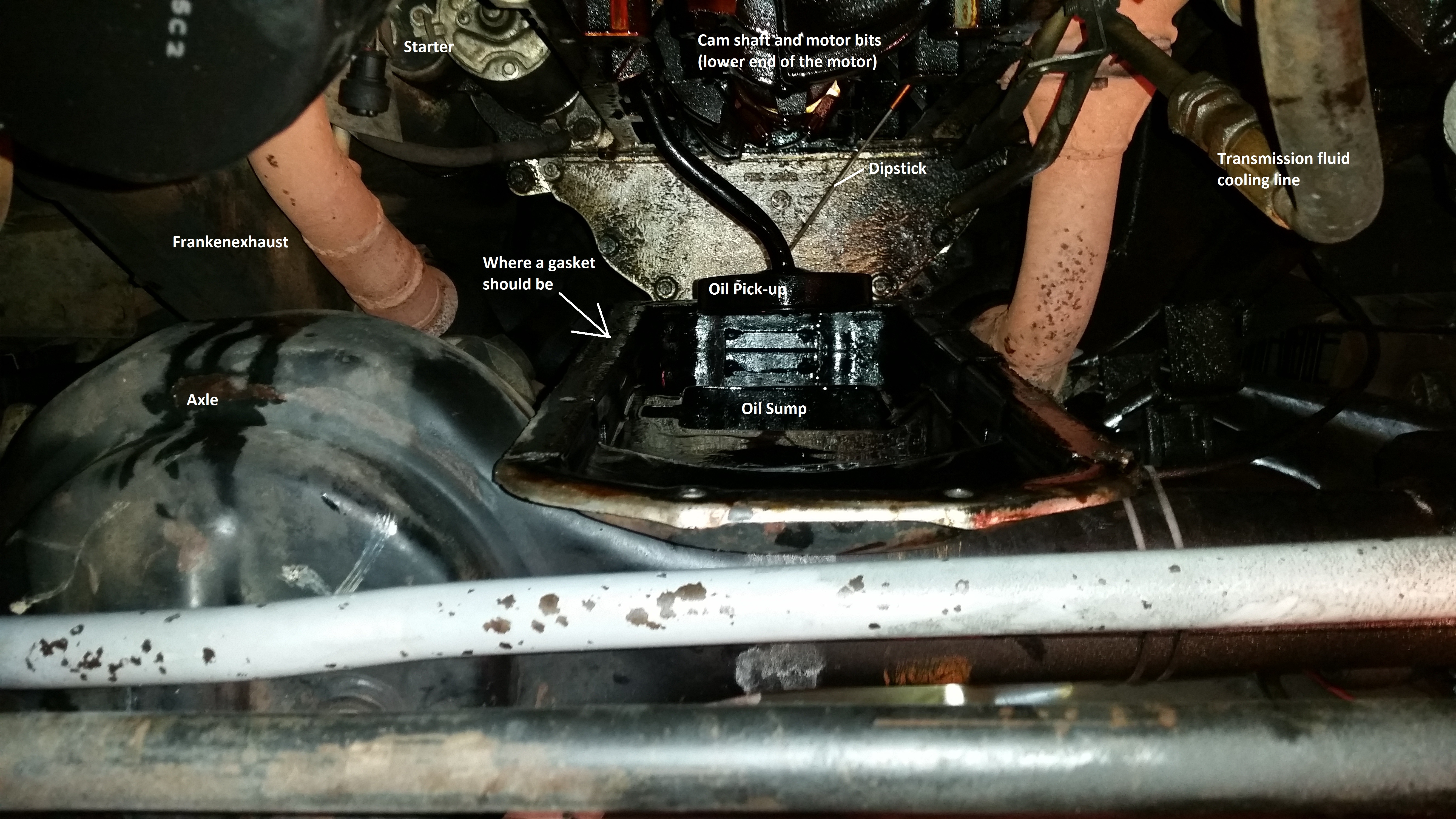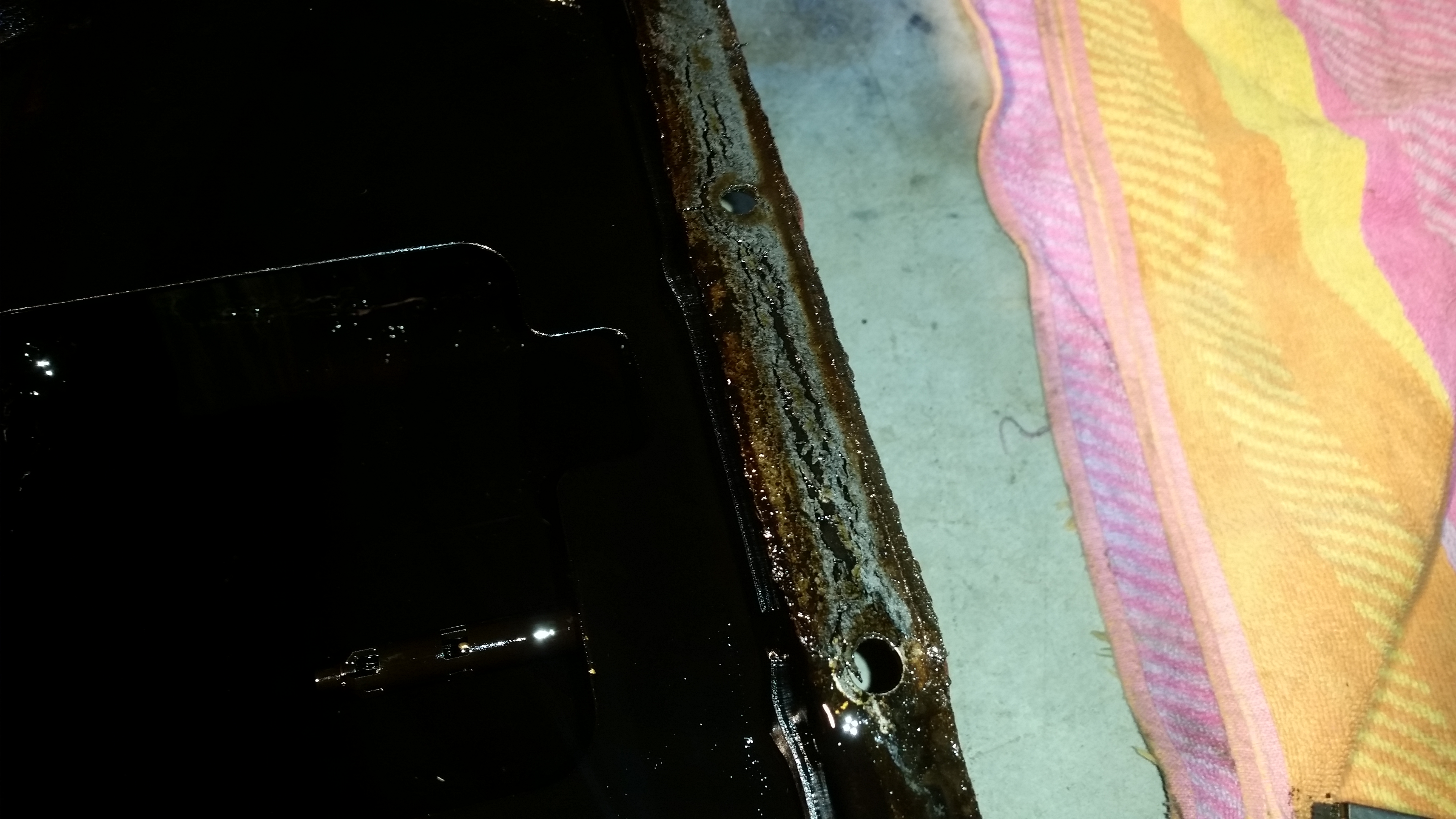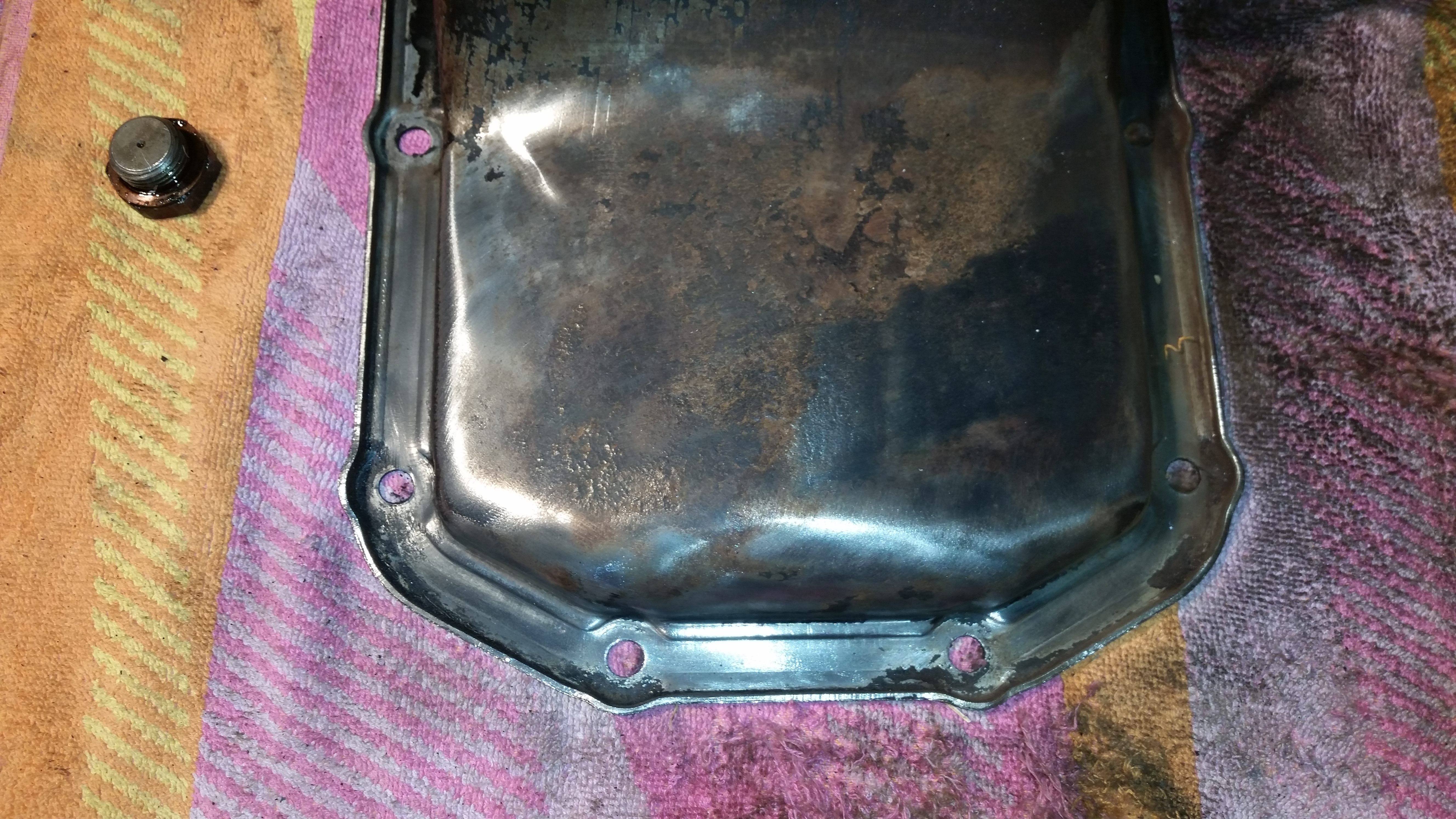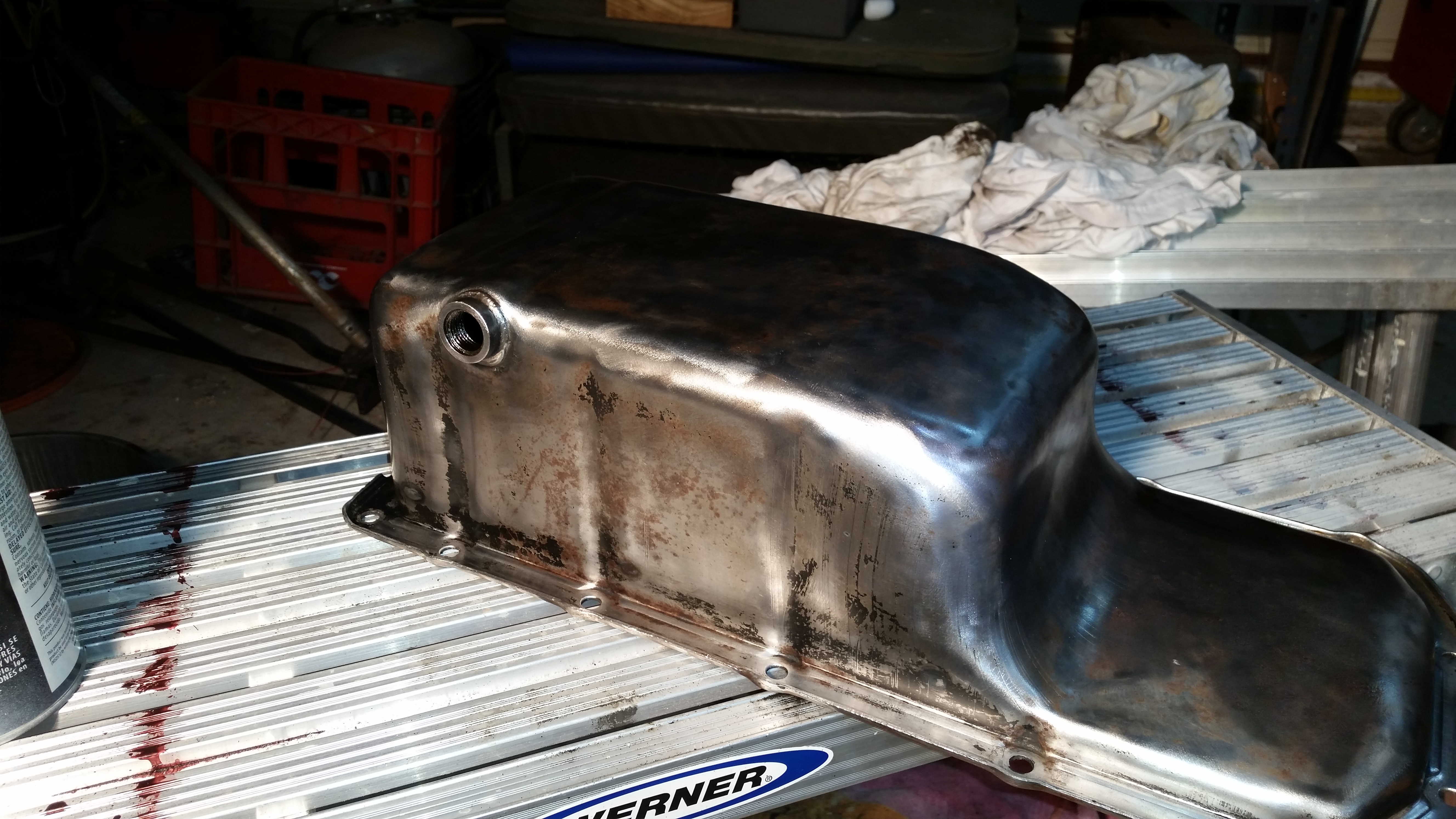Unless you just crawled out from under a rock or came down from a cave in the mountains you probably know there was an eclipse on April 8th, 2024. I told Mr. Fisher and our newest add on Mark Obermiller that we had to go see it. So…we did.
Let’s talk a little about comms first. All three of us got our GMRS licenses prior to the trip. Mr. Fisher splurged and bought several radios.
First was the Midland GXT1000X3VP4
My personal experience with it? Battery life A-. We used them while we were driving for 6 hours. The knock on it was the battery life indicator showed full, right up to the moment it died. That’s pretty disappointing. Sound quality, B-, they were scratchy at the beginning of each transmission. We didn’t really test how many “far’s” it would work but a mile they seemed to work okay. Three pack for $99.00(US). That’s an inexpensive option.
The Second was the Rugged GMR-2 Plus
Mr. Fisher used this one when his other died. It took him a bit to program and his main complaint was getting it setup. We also were broadcasting on Channel 19 privacy 19. But on this radio the display showed channel 19 privacy 10. Not sure about that. Two for $150.00(US)
We’ll have more to say about these and others as we get further into GMRS. Almost all the options for GMRS radios are made in China. There are some made in Japan.
I did fiddle-fart around a little bit and didn’t bother to secure a campsite. Thankfully my friends at Fort Towson were hosting a Eclipse Watch Party. They consider me family, mostly because I visit them with my 1820-1840 Cherokee living history presentation.
We started out on Saturday morning. Mr. Fisher had plotted our route and I fell in behind him and Mark. Our first stop was Lexington Wildlife Management Area. This is a public hunting and fishing area in Slaughterville, Oklahoma. If you watch my videos, you may have seen a sign in my shoppe. Look for it next time. I have a creepy Slaughterville story, so ask me some time we are around a campfire.
We saw some fun stuff along the way including this moderate sized snapping turtle. Which apparently I can’t add a photo of right now. Thanks Google Photos, good work.

We drove around visited the Lake. My camera didn’t record while we were at the lake. Bummer cause we had some fun stuff to say.
Mr. Fisher’s remainder of his route had us weaving through to the Atoka Wildlife Management Area.

The wind was blowing pretty hard 20-25mph with gusts to 30mph. We looked around a bit to find a campsite. We started where you see above but also went down to the lake shore but the site was too windy. With Mr. Fisher and Mark in tents, that wasn’t ideal. I went around to the opposite side of the lake but there wasn’t a suitable site over there either. We’ll be back to this site another time.
We setup camp and had some delicious sirloin steak, fried potatoes, and yeast rolls. Dessert was cookies. We had some adult beverages and started a small fire. We were expecting storms and they did not disappoint. We had a nice gust front hit us and then the rain started. I ducked into the F150 and they to their tents.
We rode out the weather which turned out to not be all that impressive. Considering I’ve slept through two near misses with tornadoes, once outside Kansas City dressed for 1750s living history where I slept in a wickiup and the second I was in the back of the Big White Bus at American Horse Lake, this one barely rates mention.
It was my turn to lead so I used Gaia to map out a route. I didn’t have as much trouble mapping as I did when I tried to use the PC. At this point, if it doesn’t get better I’ll probably cancel. I need to try the Overland Bound app.
We had a mostly uneventful second leg. That is until we were traversing what we call a “jog” in the road. This one made a right and then an immediate left all on a 10% or greater grade. There were some brick-sized rocks. Mark must have caught one just right because it separated and cut the tread on one of his Wrangler SR tires. Not necessarily rated for “trail” running but I didn’t think they would fail.
Without a spare we got back on the pavement to avoid another incident. We didn’t have another tire and it was a Sunday so better safe than sorry.
We arrived at Fort Towson and setup came while I found my friends and said hello. We cooked dinner and got setup for the night. They had a nice spread and we had some delicious food. Homemade cinnamon rolls really finished the night off right.
We were tasked with parking duty. We had a good time and welcomed everyone. I shared some fort history to those who hadn’t researched it themselves. All in all we parked around 75-100 cars and roughly 375 people came to watch.
The clouds were sparse early but built up more and more as the day went on. It was looking like we weren’t going to see the eclipse. But just as one of the guest said the parting of the clouds would occur and just in time.

There are no words to describe the eclipse. It was in the top 5 events I’ve ever attended. The light right before the eclipse was eerie. It was like an old Argon street light. Such a special event. Seeing the ring, seeing the solar prominence, it getting dark right in the middle of the day. Birds stopped singing, a tree frog croaked, basically nature thought it was night. I said “so cool” about a dozen times during my video. Like I said, there were no words.
The fort staff set off a cannon during the totality.
They say the next one is in August of 2045. I’ll be 80 years old. The path will go right through Oklahoma. If I’m still residing in Newcastle, I’ll only need to drive 75 miles to be in the center of the totality.
I hope you enjoy the video. I know it is a bit long, but it was a big weekend.
Like and subscribe to the blog and the YouTube channel if you see fit. I would really appreciate it.
I have a Patreon account setup if you would like to help with the cost of keeping this website up. Okierover Patreon.
Thanks for reading and Happy Rovering (of F150-ing if your Land Rover is in a shoppe).



















































































